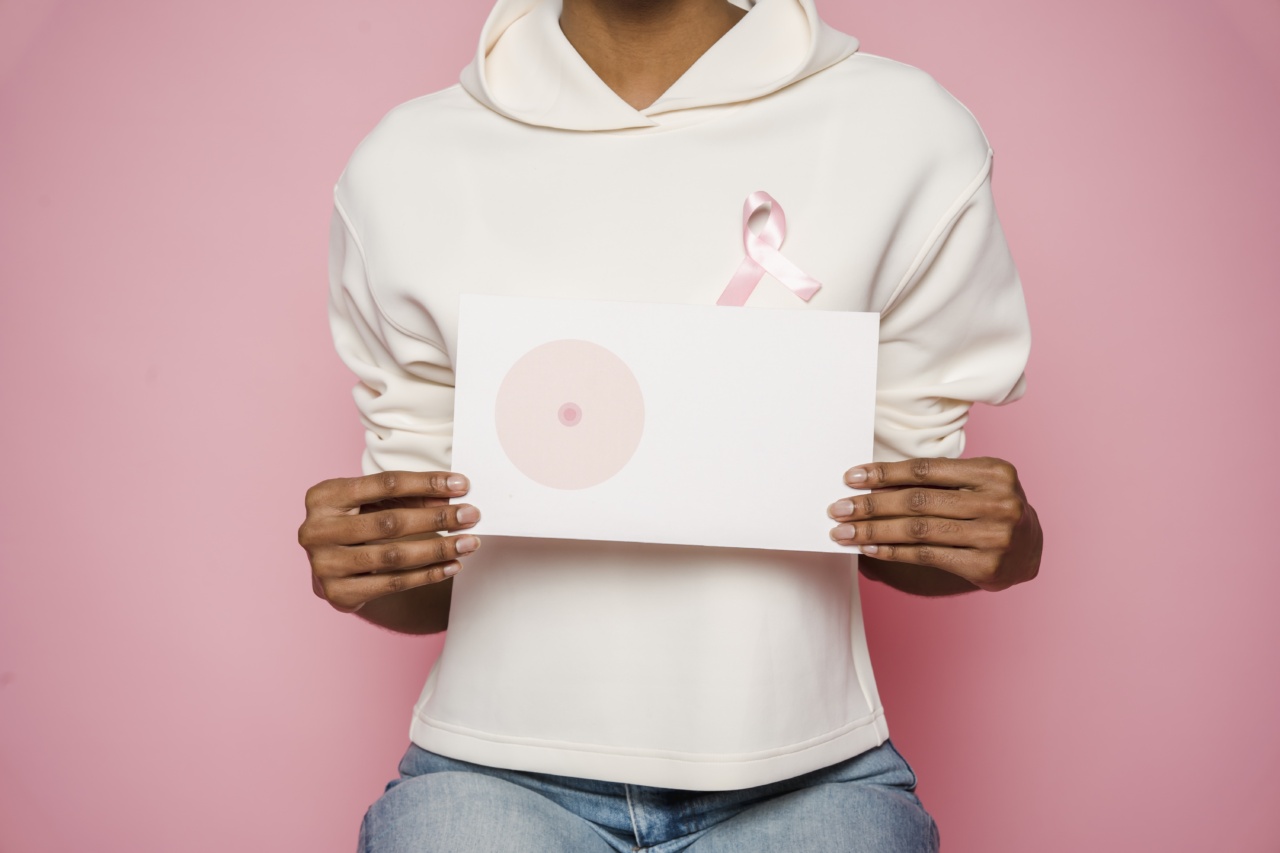Many of us associate breast cancer with symptoms and signs that are visible in the chest area. However, it may come as a surprise to learn that breast cancer can also manifest in unexpected ways, such as through a skirt.
This article will explore the relationship between breast cancer and a skirt, explaining how this garment can show signs of the disease. It will also discuss how to check for these signs so that you can get the early detection you need.
What is Breast Cancer?
Before delving into the relationship between breast cancer and a skirt, it’s crucial to understand what the condition is. Breast cancer is a type of cancer that affects the breast tissue.
The cancer can develop in different parts of the breast, including the milk ducts, lobules, or tissue between them. Breast cancer can occur in both men and women, but it’s more commonly found in women. The disease ranges in severity from early-stage, which is easily treatable, to advanced-stage, which can be life-threatening.
How Does Breast Cancer Affect a Skirt?
You might wonder how a skirt can reveal the presence of breast cancer. The answer lies in the lymphatic system.
The lymphatic system is a vital part of our immune system and is made up of a network of vessels, tissues, and lymph nodes that help remove waste, toxins, and other unwanted substances from the body. One of the critical roles of the lymphatic system is to drain the fluid from the breast, a process that helps to remove bacteria, viruses, and other harmful particles from the tissue.
In some cases, cancer cells can travel from the breast to the lymph nodes, leading to breast cancer metastasis, or the spread of cancer to other parts of the body.
When the cancer cells reach the lymph nodes in the groin, they can cause fluid buildup and swelling, which can press against the skin and lead to a condition known as lymphedema. Lymphedema can affect any part of the body that receives lymphatic drainage, including the legs, arms, and genitals.
When lymphedema happens in the lower body, it can cause a skirt to fit tighter than usual, which can signal a problem to the wearer.
Other signs of lymphedema that can be seen in a skirt include a skirt that is tighter on one side than the other, or a skirt that bunches up in the groin or thigh area.
How Can You Check for Lymphedema?
If you notice changes in your skirt’s fit, you might wonder if you have lymphedema. The good news is that there are simple ways to check for this condition.
One of the easiest ways to check for lymphedema is by performing a visual inspection of your legs, arms, and genital area. Look for any signs of swelling, redness, or tenderness. If you notice any of these signs, visit your doctor immediately to rule out lymphedema or other health problems.
Another way to check for lymphedema is by measuring your legs or arms to see if there is any asymmetry. For example, if one leg is larger than the other, it could be a sign of lymphedema.
You can use a tape measure to measure the circumference of your calves, thighs, and ankles to see if there are any differences between them.
You can also perform a self-check by touching the affected area and looking for any signs of swelling, tenderness, or a feeling of fullness. If you notice any of these signs, see your doctor immediately.
They can perform a more detailed examination and recommend appropriate treatment options.
Conclusion
In conclusion, a skirt can be an unexpected sign of breast cancer. The lymphatic system plays a crucial role in the body’s immune system and can be affected by cancer cells that spread from the breast to the lymph nodes.
Lymphedema can cause noticeable changes in a skirt’s fit, signaling potential health issues. By performing self-checks and staying vigilant for any signs of lymphedema, you can detect breast cancer early on and get the treatment you need.



























